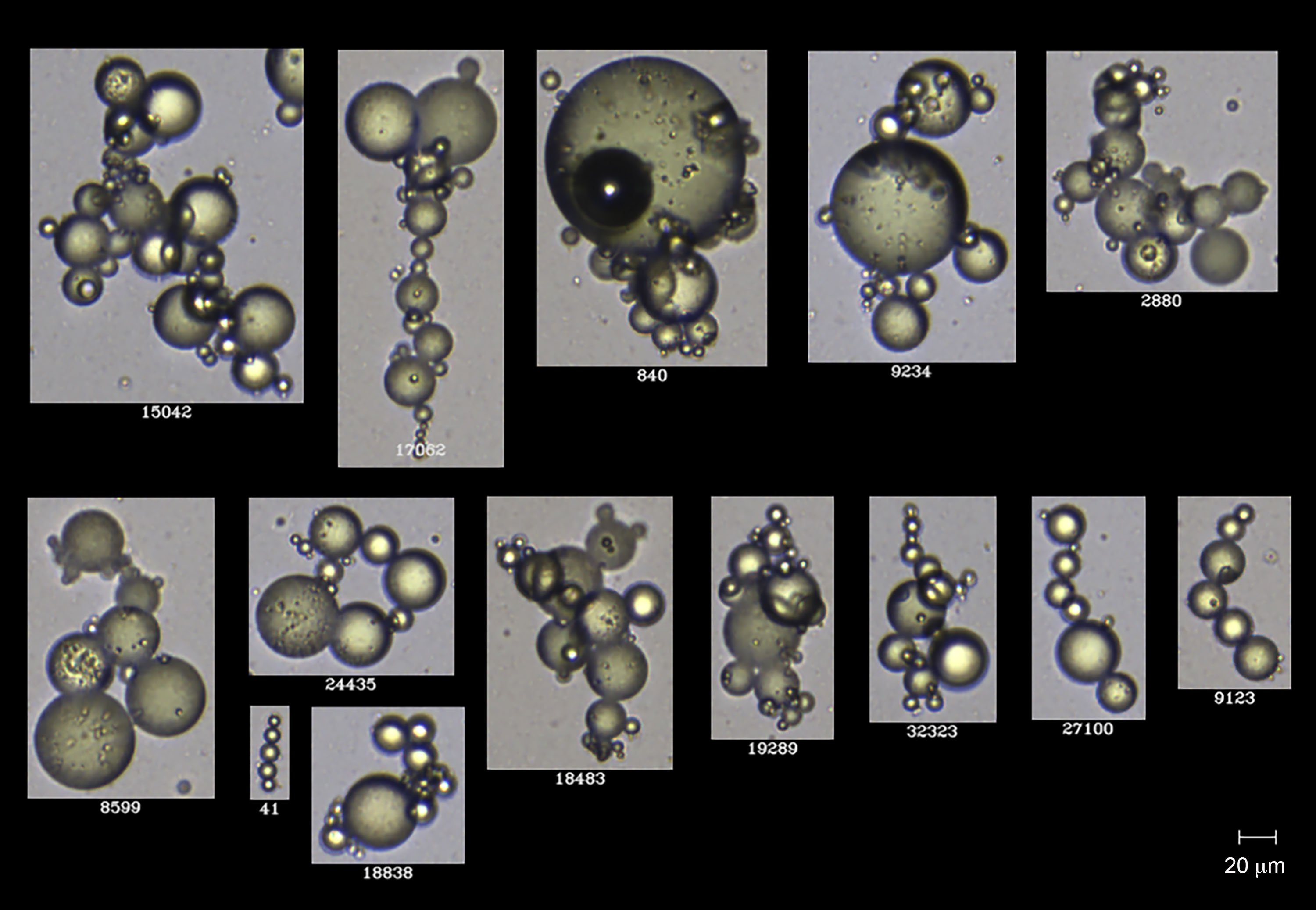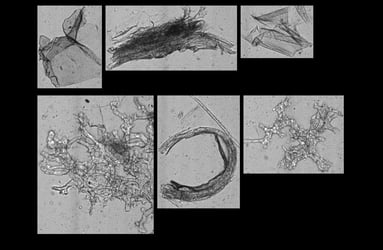
A research group at Iowa State University is studying the use of Magnetic Ionic Liquids (MILs) as a tool to isolate foodborne pathogens in liquid suspensions.
MILs are novel ionic solvents that are liquid at room temperature and are responsive to magnetic fields. Due to their unique properties, MILs are emerging as a powerful and versatile reagent platform for the extraction of a wide variety of bioanalytes from aqueous samples, including hormones, nucleic acids, and viable bacterial cells.
Hice et al's study, published in Analytical and Bioanalytical Chemistry, extends the University's previous work on MILs to the capture of several Gram-negative bacteria of importance to food, agricultural and clinical testing, including subspecies of Salmonella and E. coli O157:H7.
The study by the Anderson and Brehm-Stecher labs at Iowa State suggests that charge-based interactions with various cell surface-associated polymers represent an important mechanism for observed capture and concentration of bacteria. However, because these MILs are intrinsically hydrophobic (“water-fearing”), there may be additional roles for other types of molecular interactions in the capture process, especially for microbes having hydrophobic surfaces.
 Serratia marcescens, (pictured here) which belongs to the same family of bacteria as Salmonella and Escherichia coli, has the striking ability to produce a blood-red pigment called prodigiosin, which may have industrial promise in applications ranging from food colorant to anti-cancer medicine. In the early 1980s, Rosenberg and colleagues discovered that S. marcescens bound avidly to hydrocarbons layered on top of aqueous media, forming the basis for the Microbial Adhesion to Hydrocarbons (MATH) test that is still widely used to score microbes for surface hydrophobicity.
Serratia marcescens, (pictured here) which belongs to the same family of bacteria as Salmonella and Escherichia coli, has the striking ability to produce a blood-red pigment called prodigiosin, which may have industrial promise in applications ranging from food colorant to anti-cancer medicine. In the early 1980s, Rosenberg and colleagues discovered that S. marcescens bound avidly to hydrocarbons layered on top of aqueous media, forming the basis for the Microbial Adhesion to Hydrocarbons (MATH) test that is still widely used to score microbes for surface hydrophobicity.
In their study, Hice et al used FlowCam to show that the addition of S. marcescens cells to aqueous MIL microdispersions promoted a dramatic aggregation of MIL microdroplets. They leveraged FlowCam to learn more about how MILs work to capture and concentrate bacterial cells prior to molecular or cultural analysis. According to Dr. Byron Brehm-Stecher, FlowCam "provides unique insights into the mechanism of this novel bacterial capture and concentration reagent".
“FlowCam allowed us to measure droplet size distributions for the hydrophobic MILs in aqueous media after vortexing” Brehm-Stecher said. “Additionally, the instrument allowed us to actually see how MIL droplets behaved in the presence of the bacterium Serratia marcescens” he continued. “We used these data to propose that bacteria bound to MIL droplet surfaces promote formation of droplet-bacterium-droplet ‘sandwiches’, which in turn form more complex aggregates that lead to eventual separation of bacteria from aqueous suspensions. We had theories about how cells might be interacting with the MILs, but we didn’t have any direct evidence to support these ideas until we ran our samples using FlowCam.”

Pictured above: FlowCam images of Serratia marcescens-induced aggregation of Ni(II) MIL Droplets.
The study found no overt antibacterial effects on the cells by the MILs, and showed the potential suitability of the Ni(II) MIL in "pre-analytical sample preparation".
The group plans to continue their research and leverage the power of FlowCam to investigate the role of cell surface hydrophobicity on MIL-cell interactions as demonstrated by microdroplet aggregation.
By using a genetically-engineered strain of S. marcescens that will allow the group to “dial in” the amount of prodigiosin produced, they will generate cultures ranging from white to blood-red and use these to correlate measurements of prodigiosin content and cell surface hydrophobicity with FlowCam-based measurements of MIL microdroplet aggregation. The group expects that FlowCam will be critical in helping to demonstrate that MIL-bacterium interactions may include both charge-based and hydrophobic interactions and that adjustment of capture conditions may allow preferential capture of different cell types based on their surface properties.
The group’s work was published as a “Paper in Forefront” and FlowCam data from the study is featured on the cover of the journal.
REFERENCES
Hice, S.A., Varona, M., Brost, A., Dai, F., Anderson, J.L. and B.F. Brehm-Stecher Magnetic ionic liquids: interactions with bacterial cells, behavior in aqueous suspension and broader applications. Anal Bioanal Chem (2020) 412:1741-1755.
Read the full paper in Analytical and Bioanalytical Chemistry











